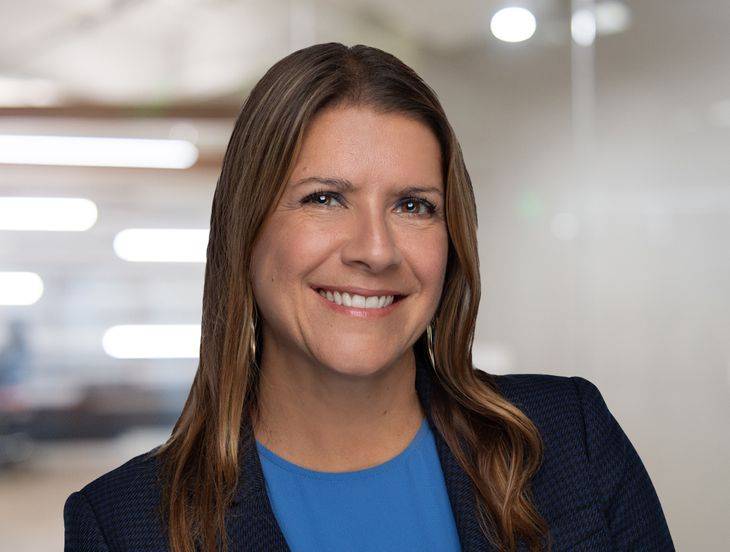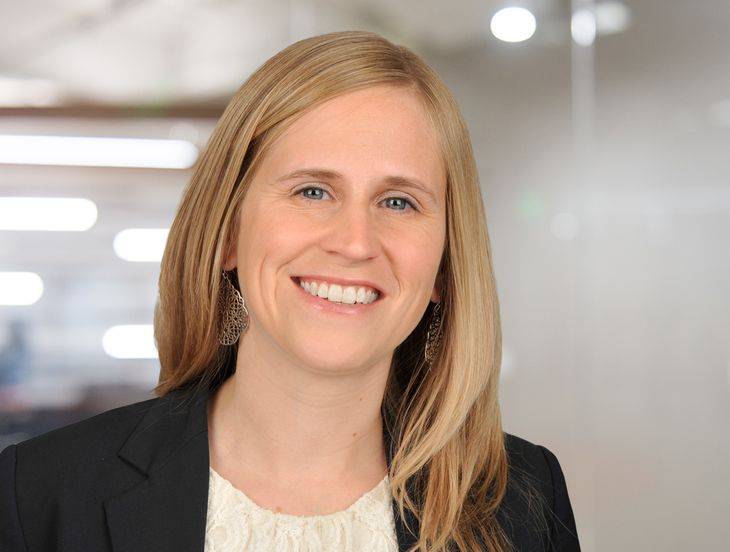Could Federal Paid Leave be on the Horizon? Proposal Awaits Full Congressional Action
Insights
10.12.21
Making good on a 2020 Democratic campaign promise, the House Committee on Ways & Means took the first step towards a federal paid family leave program by recently approving the Paid Family and Medical Leave Benefits Act (PFMLBA). If passed by Congress, this statute would provide a new federal cash benefit for eligible workers beginning in July 2023. What do businesses need to know about this legislative proposal and what can you expect in the coming weeks and months?
Who Would be Eligible?
If the PFMLBA is passed, a wide swath of workers would be in line to receive paid leave. Eligible workers would include full-time and part-time workers, gig economy contractors, and other self-employed employees, in both private and public sectors and without regard to employer size. However, individuals who are covered by a state plan or a comprehensive employer-sponsored program would not be eligible for the federal benefit.
What Circumstances Would Justify Leave?
Eligible workers would be able to apply for and receive up to 12 weeks of paid benefits for “qualified caregiving” of four or more hours in a week. Workers who receive paid sick leave, vacation time, or any other paid time off from an employer while performing qualified caregiving activities would not be able to claim the federal cash benefit.
Similar to the Family and Medical Leave Act (FMLA), workers would be entitled to the paid benefit for their own serious medical condition, to care for a family member, or to welcome a child. Workers would also be entitled to three paid bereavement days (not a protected use of leave under the FMLA) and up to 26 weeks of paid benefits for military caregiving purposes. But unlike the FMLA, the PFMLBA would be available to care for an expanded list of family members, including siblings, grandparents, grandchildren, the spouses of family members, and any other association by blood or affinity that is equivalent to a family relationship. Under the current FMLA, workers are not eligible for protected leave to care for these family members, but would be eligible for wage replacement under PFMLBA.
More About Benefits
The weekly benefit amount would be based on a worker’s earning history. It would be prorated during those weeks that an individual’s caregiving hours are less than the full hours they normally work. Benefits would be calculated by using an individual’s average weekly earnings and a progressive formula with the goal to replace at least two-thirds of the earnings for the majority of workers. Notably, the bill proposes that an individual who falsifies a statement to secure family and medical leave benefits would be ineligible for benefits for five years.
What’s Next
The PFMLBA is a part of the Build Back Better Act, H.R. 53376, which in its current form has little-to-no Republican support and Democratic disagreement about the size and scope. And while the U.S. is one of only a handful of countries in the United Nations that does not have a national paid leave law and it has long been on the Democratic wish list, we will have to wait and see whether its advocates can keep it in the bill.
In the meantime, Fisher Phillips will continue to track the progress of this legislation and provide relevant updates. We will provide updates as warranted, so make sure that you are subscribed to Fisher Phillips’ Insights to get the most up-to-date information direct to your inbox. If you have further questions, contact your Fisher Phillips attorney, the authors of this Insight, or any attorney in our Employee Leaves and Accommodations Practice Group.
Related People
-
- Raeann Burgo
- Partner
-
- Megan C. Winter
- Partner

